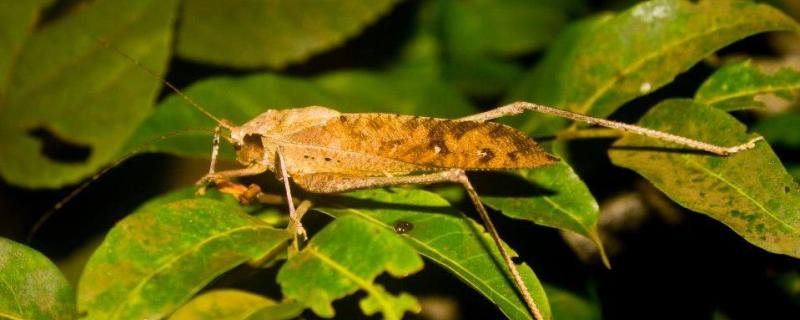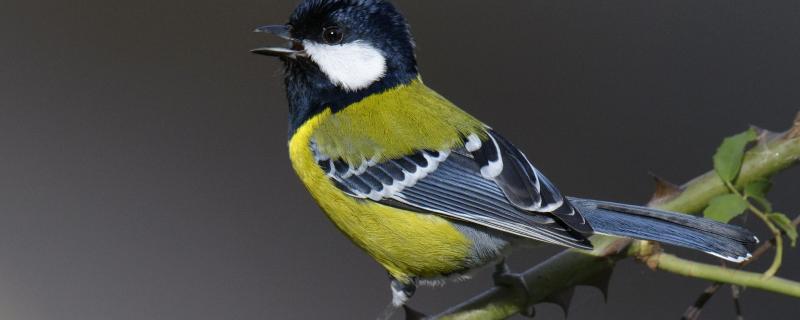Scientists from National Center for Biological Sciences, Wildlife Conservation Trust, FERAL and University of Montana, examine genetic diversity of tigers in India to identify the importance of connected forest corridors to future populations and minimize their risk of extinction in the coming century.
Ecological droughts are on the rise in India's pristine forests and croplands, driven primarily by meteorological aridity and ocean warming, posing a major threat to the country's sustainability and food security.
Kharagpur/











